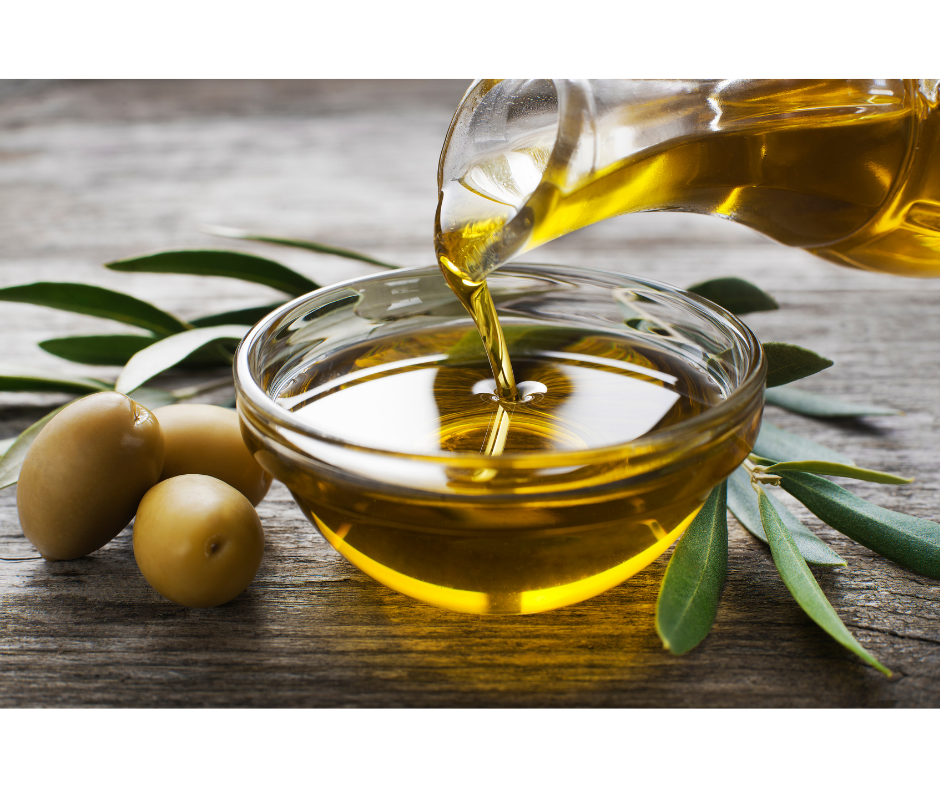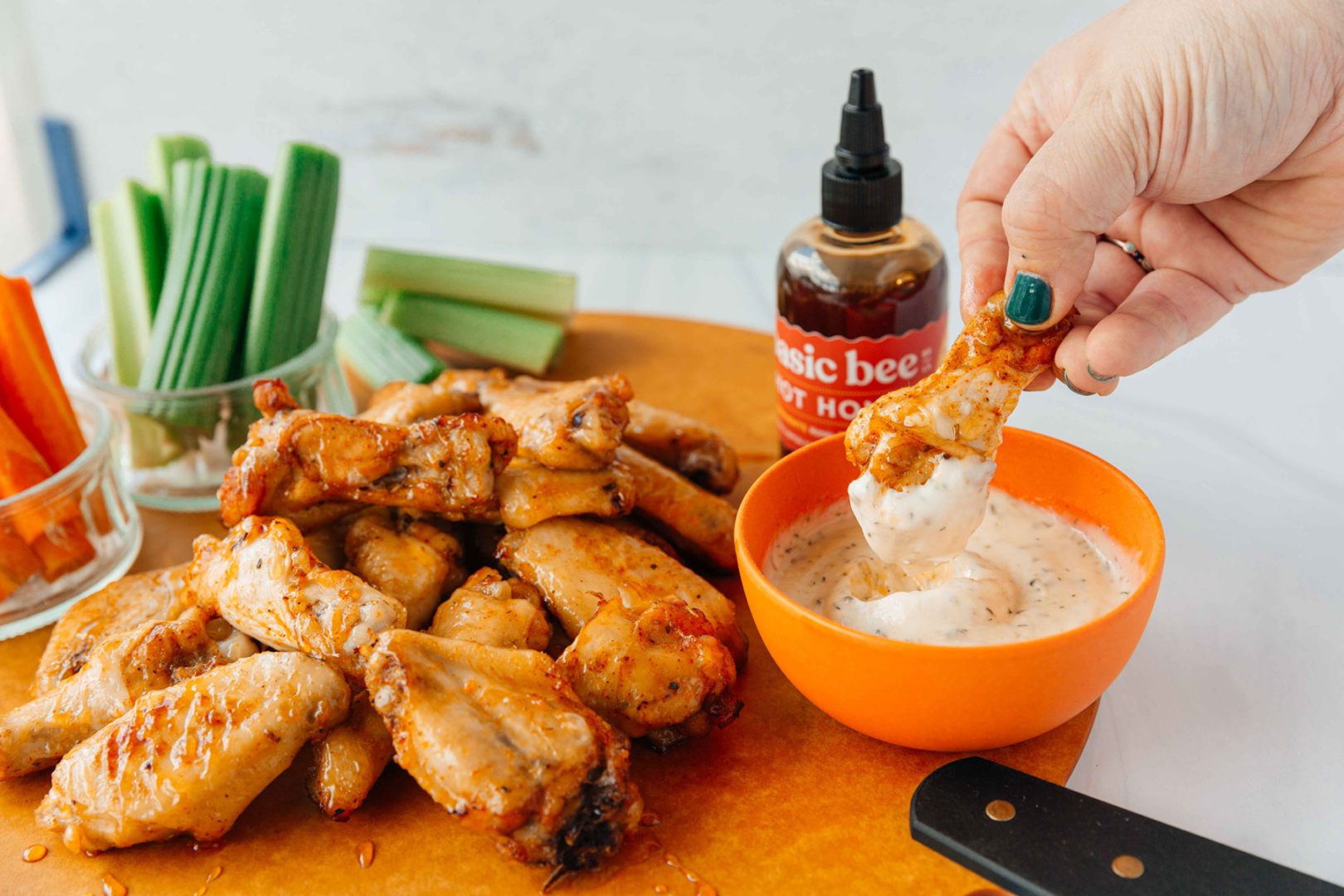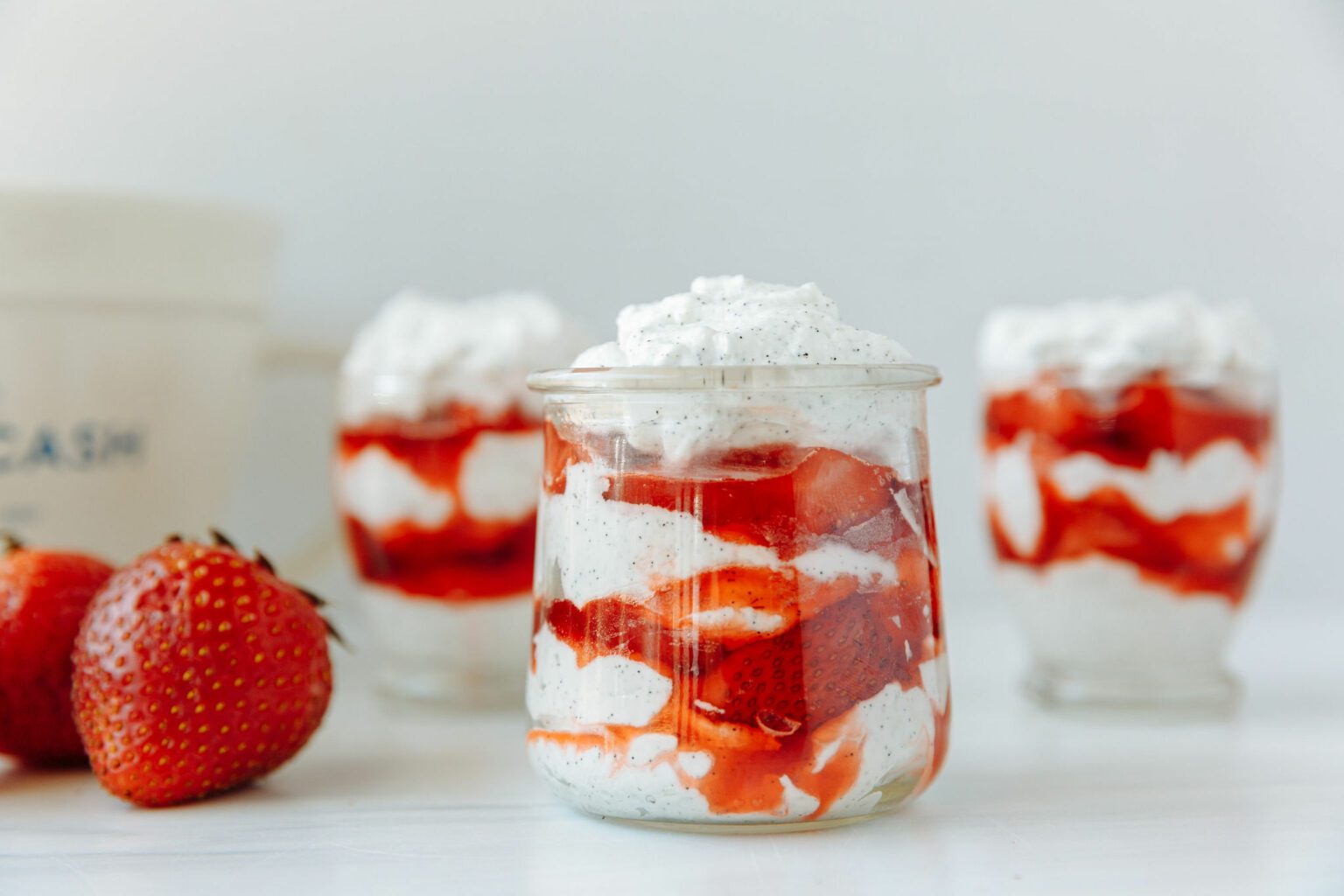POLYPHENOLS, EXPLAINED
The health benefits of extra virgin olive oil are widely known. Heart healthy compounds abound in olive oil. Doctors and the American Heart Association agree: consuming olive oil is associated with lower instanced of heart disease. Lately, we’ve been met with an even deeper question about specific compounds – polyphenols – in our olive oil.
Many customers have received advice to seek out “high polyphenol olive oil.” Their health care practitioners have instructed them to find olive oil with a phenol count of at least 500. It seems like a simple ask, but the answer is a little more complicated. We work really hard to never meet a customer’s question with “I don’t know.” But in this instance, it’s actually the most precise answer.
We turned to the folks who produce our olive oils plus the experts at UC Davis to help us answer the polyphenol question…
First, what are Polyphenols?
Polyphenols are bioactive compounds present plants, including grapes, tea, chocolate, nuts and…olives! Most polyphenol compounds have beneficial health effects for many reasons, including their antioxidant properties. Several types of polyphenols are quite potent in olives. Scientists study polyphenols often and for good reason: olive oil’s bioactive compounds have shown to be protective against oxidative stress—a type of physiological stress that can cause DNA mutations. Those DNA mutations lead to cancer, diabetes, heart disease, and neurodegenerative disorders such as Alzheimer’s.
That’s pretty important research and data, and it certainly gives us pause. When we think about how important this type information is to our customers, we want to do everything possible to give accurate, helpful information.
The truth about Polyphenol Testing
Olive oil producers regularly have their oils tested. You’ll see labels with announcements like “Lab Certified” or “Undergoes rigorous testing.” These claims sound great, but when you really look at the testing outcomes in the industry, the data is inconsistent. This is because there are different measurement processes and reference standards for phenols in olive oil. Different labs will yield completely unrelated results. So why not just standardize the industry? Great question. However, at this time, there is no industry oversight or regulation for testing.
The estates where we source our oils overcome testing challenges by being consistent. They use the same certified labs and test each batch of oil right at harvest. Even with that effort, pinpointing an exact polyphenol number in an oil is nearly impossible.
This next sentence is really important: polyphenols are highest at harvest and drop throughout the oil’s life. This means that the polyphenol count assigned to an oil is just a snapshot in a brief period of time of the oil’s life.
What about Ultra High Phenol Oils?
When olives are harvested, a combination of dark, ripe olives are shaken from the tree along with a smattering of underripe, green olives. That mixture is what makes up the complexity of the oil. Our olive oil producers are experts at choosing just the right mix so that every drop of the oil is as delicious as possible.
Ripe olives have a lower polyphenol count that unripe, green olives. “High Intensity” or “High Phenolic” or “Ultra Phenol” oils on the market are made from a higher concentration of the unripe olives. While the phenol count is high, the flavor is terribly astringent. We did not find the High Phenol oils that we tasted palatable which led us to wonder: if a food is healthy but doesn’t taste good, will you eat it?
How do I get the highest possible concentration of polyphenols?
The key components as you seek out phenol concentration and work to retain it are: Type, Age, Process and Place.
Type
Polyphenols are highest in young, single varietal oi. The Koroneiki and Arbequina olives are naturally higher in polyphenols.
Age
Polyphenols are highest right at harvest. As the oil ages, the phenol count drops. No oil at Red Stick Spice is older than 1 year. We work with small estates who press the olives when we order from them. Big box stores can’t promise that. Their oils have been stored in containers and warehouses for months, if not years.
Process
High-quality, small batch oil endures very little processing. Less processing means more phenols. You won’t be able to get that kind of information from big box stores.
Place
The rule of thumb for extra virgin olive oils goes like this: buy oil as close to you as possible. In you were living in the South of France, you’d seek out a little market that sourced oils from a few estates in Italy. The shopkeeper would give you suggestions for making delicious Provencal recipes with the oil. When it was time for more oil, you’d return for a refill. Sounds dreamy, doesn’t it? What if there were a little shop like that in Baton Rouge? There is! That’s us! We source oil close to us – California – we create beautiful recipes and we are here for you when it’s time to re-fill that heart-healthy oil.
Hold Up. What’s the Number?
Notice that we haven’t stated any numbers in this blog. To repeat: pinpointing an exact polyphenol number in an oil is nearly impossible. Our suppliers have reported phenol ranges of 375-500. Even then, those numbers are a broad range and a snapshot in the life of that oil. Plus, customers don’t want ranges – they want an exact, precise number. We often encounter customers who get cranky when we don’t return their question with a succinct answer. But, honestly, we simply can’t.
It also points to a bigger phenomenon of the rabbit holes of minutiae in the health and wellness worlds. There seems to be a focus on the specifics of one food versus an overarching goal to fill your diet a variety of nutritionally-dense, whole ingredients. Our friend (and cooking instructor) Daphne Olivier said it best, “When it comes to health, consistency with health and wellness habits are more important than trying to meet specific numbers any one given area of nutrition.”
TL;DR
- Extra Virgin Olive Oil is, by default, high in phenols. Period.
Worry less about the numbers. Seek out oils that you enjoy so as to ensure you add them to a nutritious diet. - Buy olive oil that is young, as close to the harvest as possible – no oil in our shop is more that 1 year old.
- Buy olive oil from sources as close as possible – here in the U.S., that means California-grown olives
- Store your oil in a cool, dark place – our dark green bottles provide the perfect environment for your oil
- Consume it and return for more – we offer a 20% discount on refills on our heart-healthy oils
Download our Polyphenols, Explained pdf here.







